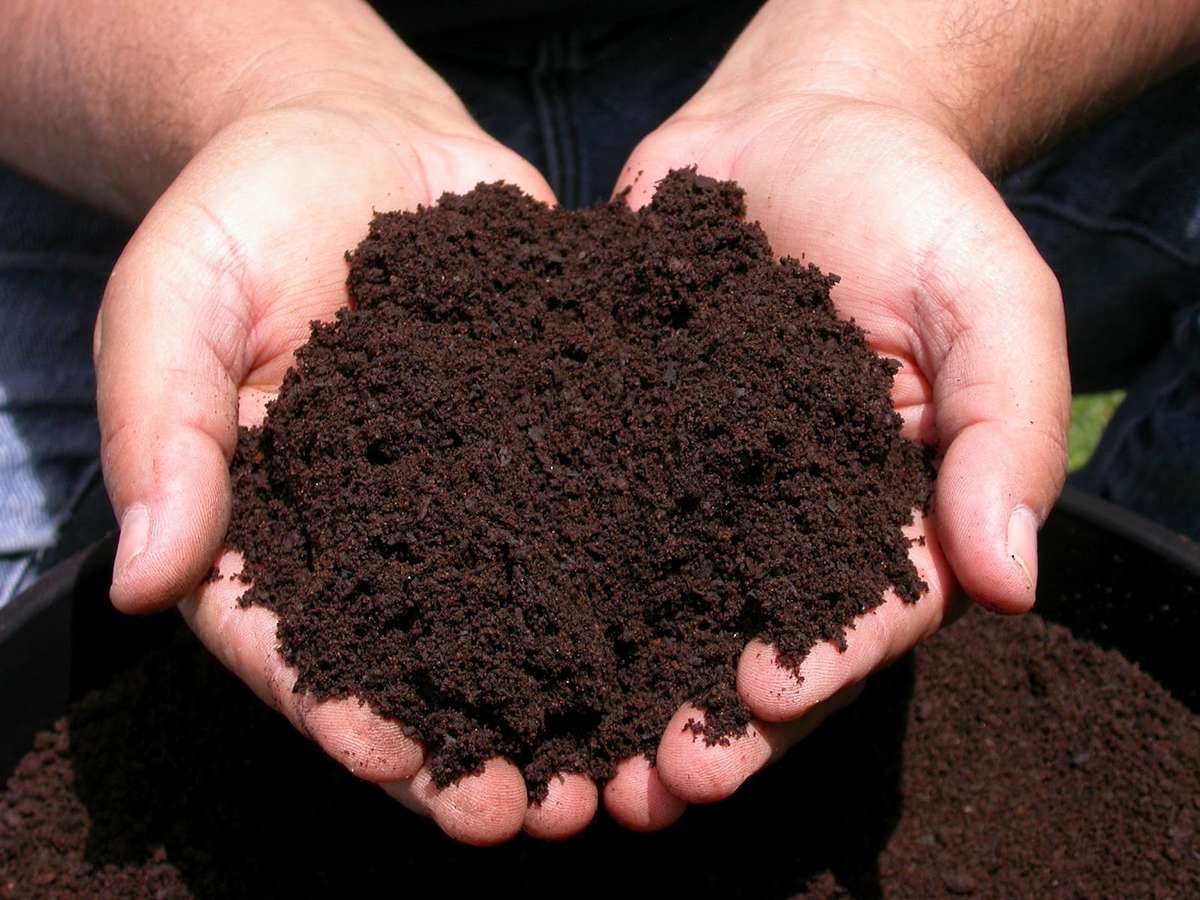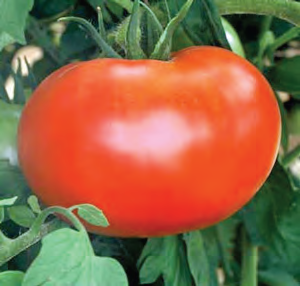
Edible Gardening
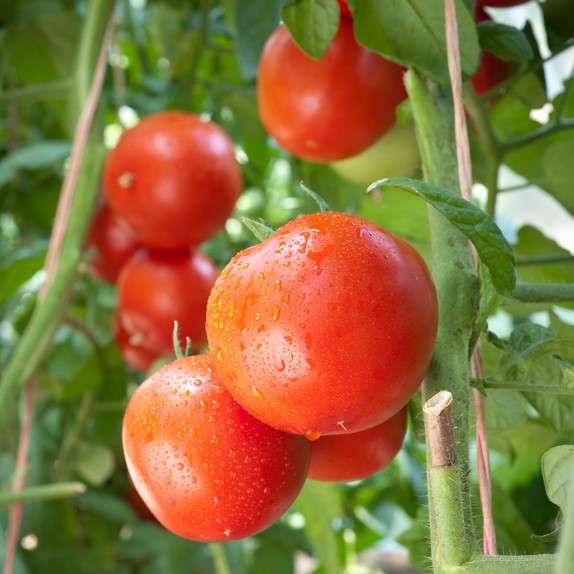
Prepping Your Tomato Garden
The taste of home-grown, fresh tomatoes is one of the joys of our long, hot summers. Get the most out of your tomato harvest with these tips about soil, fertilizer, irrigation and tomato cages. We also have help against common diseases and insect pests that like tomatoes as much as we do!
If you have more questions, our garden gurus are here to help, to ensure that you have a healthy, tasty tomato harvest this season.
If you have more questions, our garden gurus are here to help, to ensure that you have a healthy, tasty tomato harvest this season.
Soil
Tomatoes prefer a lighter soil, but they will do well in anything except heavy clay. If you are growing in pots, tomato roots are often three-feet deep, and a five gallon or larger pot is ideal. Our patio tomatoes are smaller and may be grown in a three gallon pot. Tomatoes have been grown in even smaller pots, but bigger is always better to hold the roots, and keep irrigation available.
Planting Tip: Plant your tomato start all the way up to the first set of leaves. Roots will develop from the buried stem and create a stronger plant.
Planting Tip: Plant your tomato start all the way up to the first set of leaves. Roots will develop from the buried stem and create a stronger plant.
Feeding
Tomatoes are heavy feeders and using an organic fertilizer like our E.B. Stone™ Organics Tomato & Vegetable Food every four weeks will help prevent blossom end rot and correct acidic soil. Choosing organic encourages good green growth with an equal balance of fruit. In addition, using a one-inch layer of earthworm castings on top of the soil feeds while acting as a mulch, to keep irrigation in longer, while also suppressing weeds.
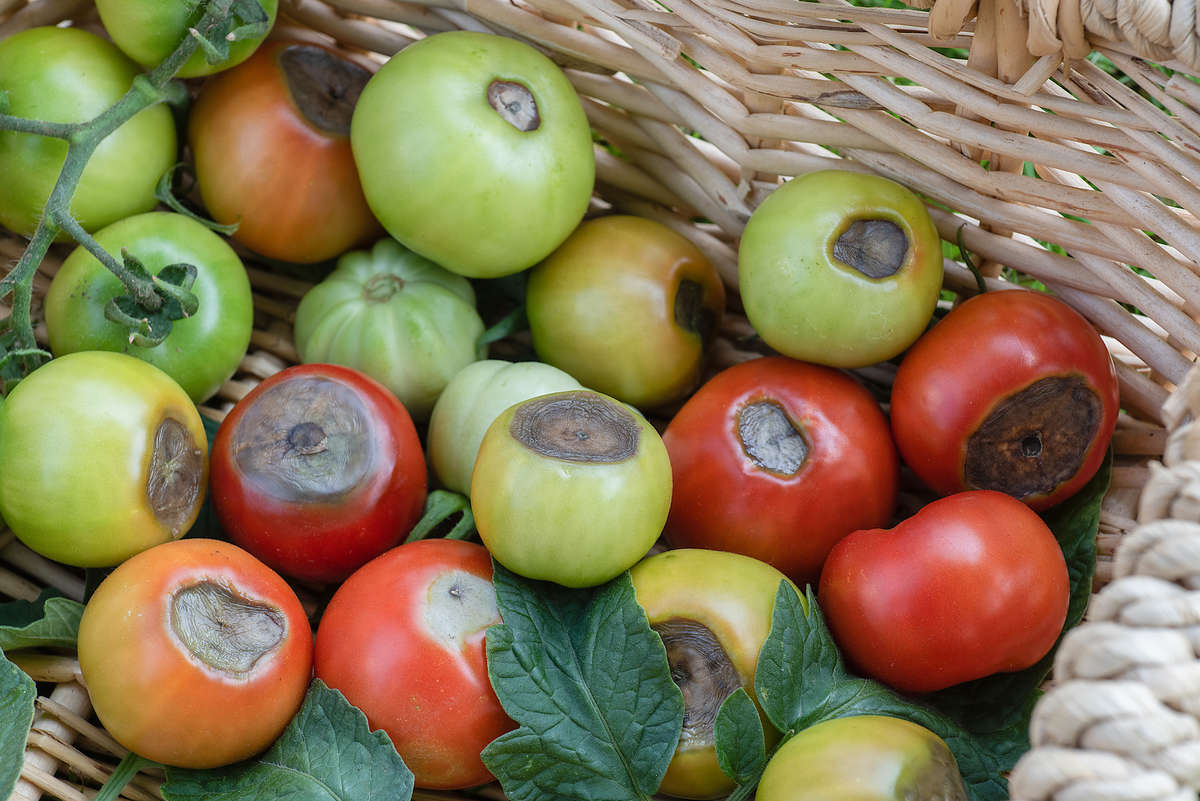
Tomatoes with Blossom End Rot
Watering
As your tomato grows from that little four-inch pot, it will need irrigation adjustments. Move the irrigation to meet the furthest reaches of the plant (the drip edge) as it grows. Adjust to longer watering times to reach the deepening roots, and increasingly let the soil dry out further beneath the surface before watering again.
Drip is the best irrigation method for tomatoes to deliver water to the soil, and off of the plant itself. Wet plants are prone to diseases, and may result in both scalded leaves and fruit in the hot summer sun.

Tubing with inline drip emitters can be easily extended as the plant gets larger.
Give Your Tomatoes Some Support
Tomatoes are often very tall and need support to keep the plant and the fruit off the ground. We offer a variety of cage sizes to fit the tomato variety you have. Put the cage over the tomato as soon as possible, as putting a cage on after the tomato is large leads to broken branches.
While often problem free, practice crop rotation to get the most out of your tomatoes. Move the tomatoes to a different pot or place in the garden each year. Diseases and pests are opportunistic, and moving the plant defeats many diseases and pests.
While often problem free, practice crop rotation to get the most out of your tomatoes. Move the tomatoes to a different pot or place in the garden each year. Diseases and pests are opportunistic, and moving the plant defeats many diseases and pests.
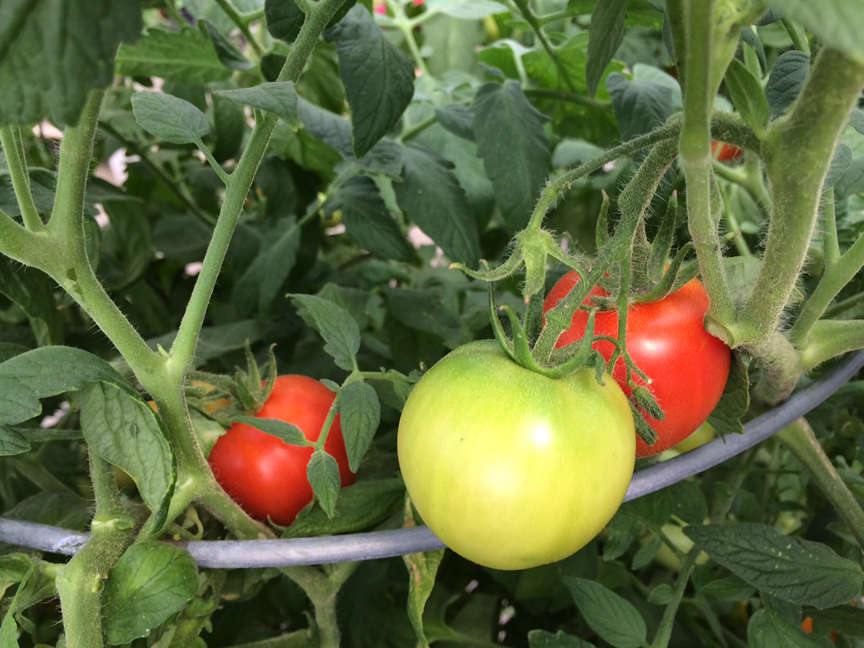
Tomato cages offer sturdy support.
Pests & Disease
Many tomato hybrids are bred to be disease resistant, and you can look at the tag to find which diseases the variety you are choosing will resist. Look for Fusarium (F), Verticillum wilt (V), (N) for added protection against root nematodes, and (T) for resistance to the tobacco mosaic virus.
The most common pest is the tomato hornworm. Look at the plant carefully for missing leaves that are the worm’s trademark. Hand picking, and using Bt, found in Monterey Bt Worm Killer, or Spinosad, found in Captain Jack's Dead Bug Brew, is excellent organic control that target the hornworm.
Sometimes we need to add even more protection against birds, deer, and other visitors. We offer a variety of control with netting, metallic tape to frighten them away, and scents that confuse their sense of smell.
The most common pest is the tomato hornworm. Look at the plant carefully for missing leaves that are the worm’s trademark. Hand picking, and using Bt, found in Monterey Bt Worm Killer, or Spinosad, found in Captain Jack's Dead Bug Brew, is excellent organic control that target the hornworm.
Sometimes we need to add even more protection against birds, deer, and other visitors. We offer a variety of control with netting, metallic tape to frighten them away, and scents that confuse their sense of smell.
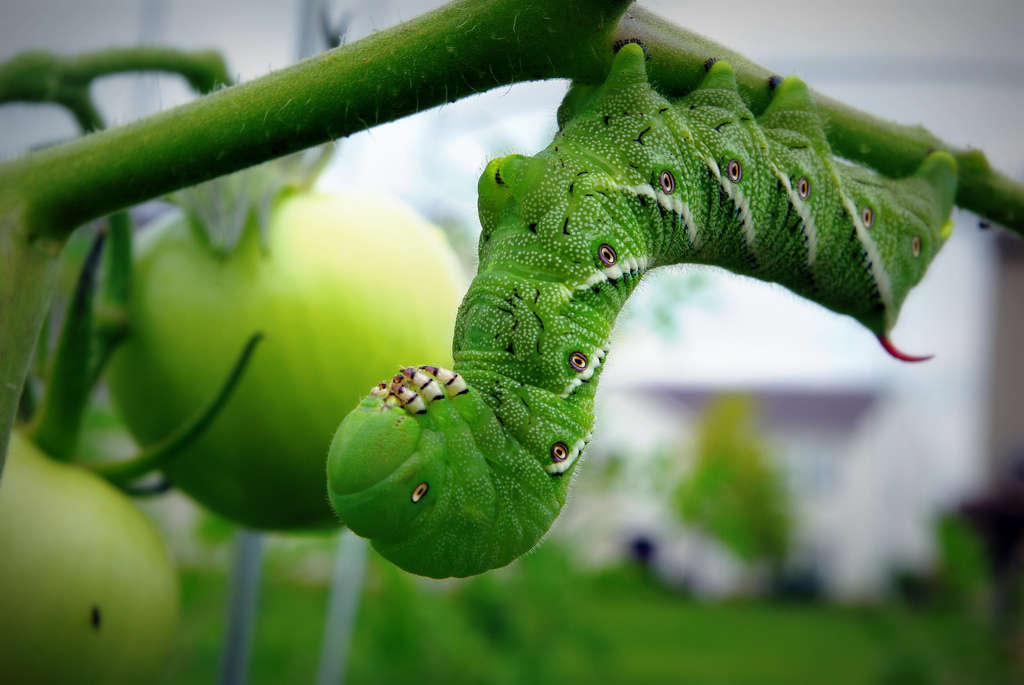
Tomato Hornworm

